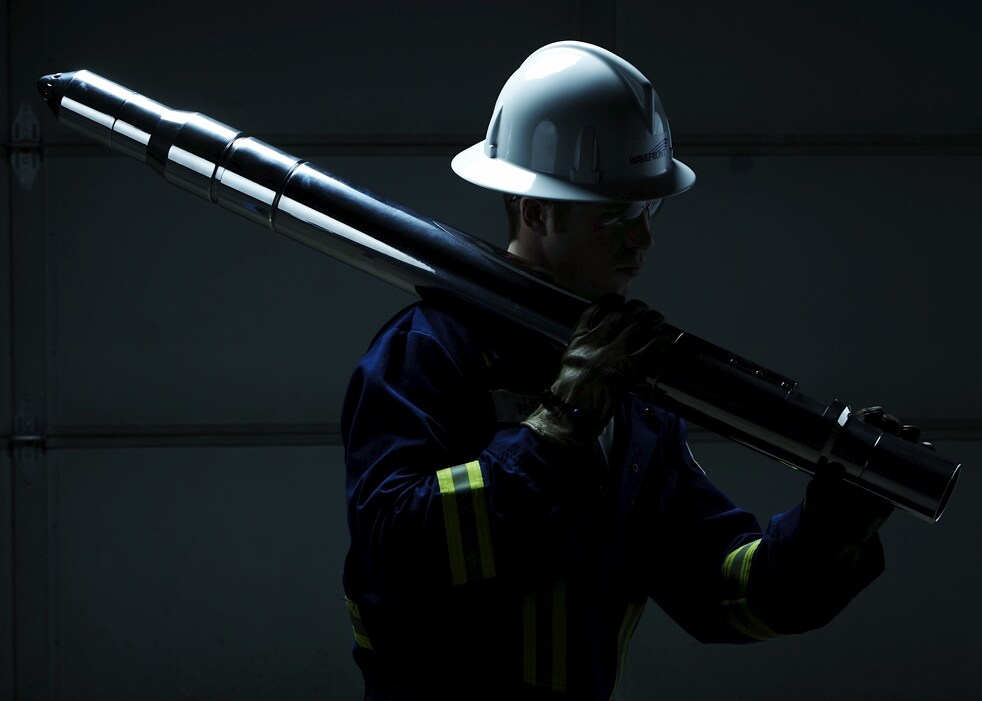The solution to Keystone XL could be beneath our feet


The question of whether to pipe crude from Canadian oil sands has Washington embroiled in political acrimony and may be clouding the story that there is already a stockpile of domestic oil resources waiting to be reclaimed from domestic wells.
The U.S. Department of Energy estimates that there may be up to 430 billion barrels of oil that is technically recoverable in the United States, providing an alternative to mining oil sands, which climate scientists warn could have devastating environmental consequences.
The KeyStone XL pipeline would take years to match that volume, transporting up to 900,000 barrels per day. Oil recovery may appear to be a more acceptable alternative, but stranded oil is considered stranded for a reason: it isn't readily accessible and reclaiming it involves deploying advanced technologies.
Oil companies seek to minimize untapped oil in their fields, and commonly extract it by pumping water or carbon dioxide into subsurface petroleum reservoirs. Some start-ups are expanding those options.
Canada's Wavefront Technology Solutions has devised a solution to extract stranded oil from petroleum reservoirs using technology that is analogously to what happens when a kink is released from a garden hose. Its specialized PowerWave equipment oscillates water flow on and off, building up energy that will force more water to come into contact with oil.
"Oil recovery is a contact sport," said WaveFront President CEO Brett Davidson. Each surge of water and energy places more oil in contact with water when it may have otherwise remained inaccessible.
Wavefront's scientists observed that oil fields produced better following an earthquake, and the company spent over a decade applying earthquake mechanics to the oil and gas industry. The resulting down hole tools are portable enough to be shipped to any well site from offshore oilrigs to very isolated terrain.
U.S. recovery rates are currently averaging around 40 percent, and WaveFront suggests it can increase ultimate recovery by 10 percent on average, and up to 20 percent in best-case scenarios, Davidson explained.
Even a 5 percent improvement in global overall oil recovery could mean an extra 3-5 billion barrels of oil is recovered from a field, Davidson said. Wavefront cannot disclose how much oil customers are recovering at any particular location, but its clients include Chevron, Energen, Petroleum Development Oman, Pluspetrol, and Talisman.
There's also a halo effect on surrounding production wells. Wells producing in the vicinity of a flooding project have experienced increased recovery of between 250-55 percent, Davidson said. He added that there are roughly 200,000 wells that are already used to inject water and CO2 in North American, and another 100,000 globally.
With worldwide oil consumption rising, every oil company wants to maximize reserves, he added. "Commercialization is in its global infancy."
Related on SmartPlanet:
This post was originally published on Smartplanet.com